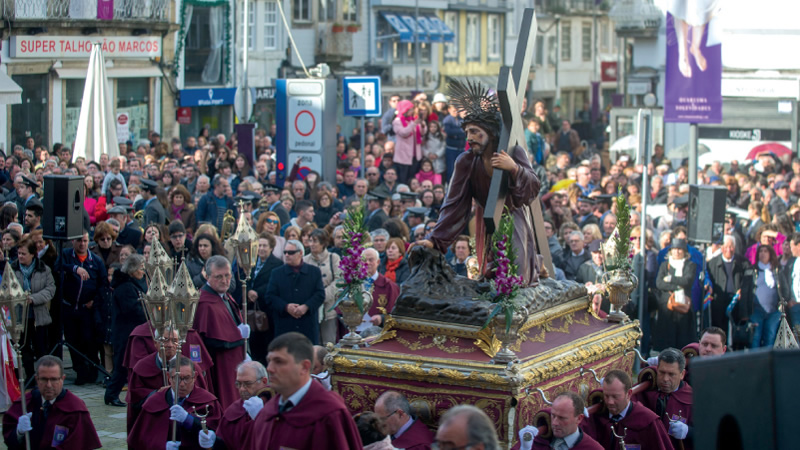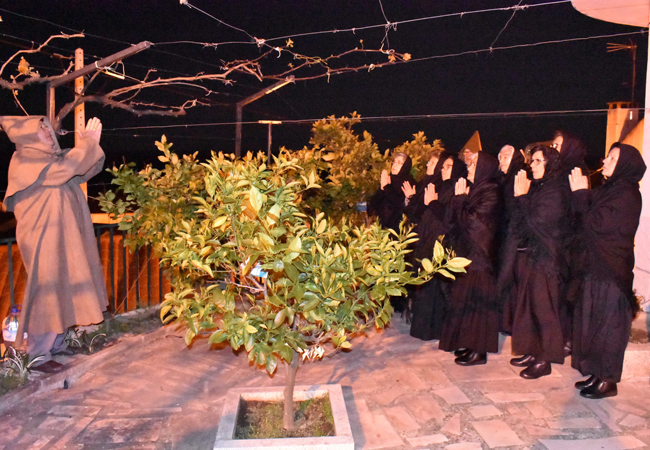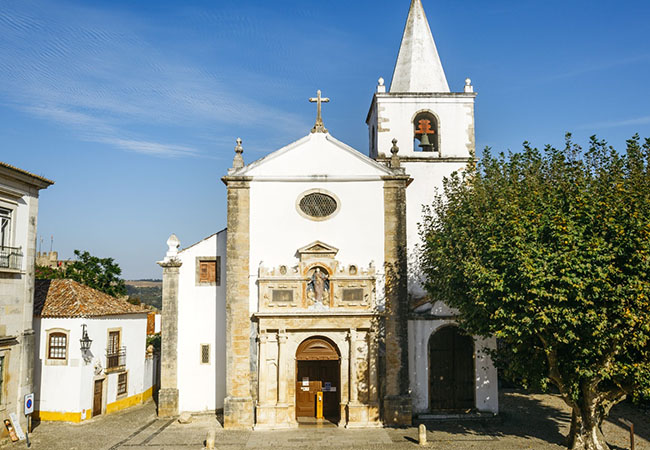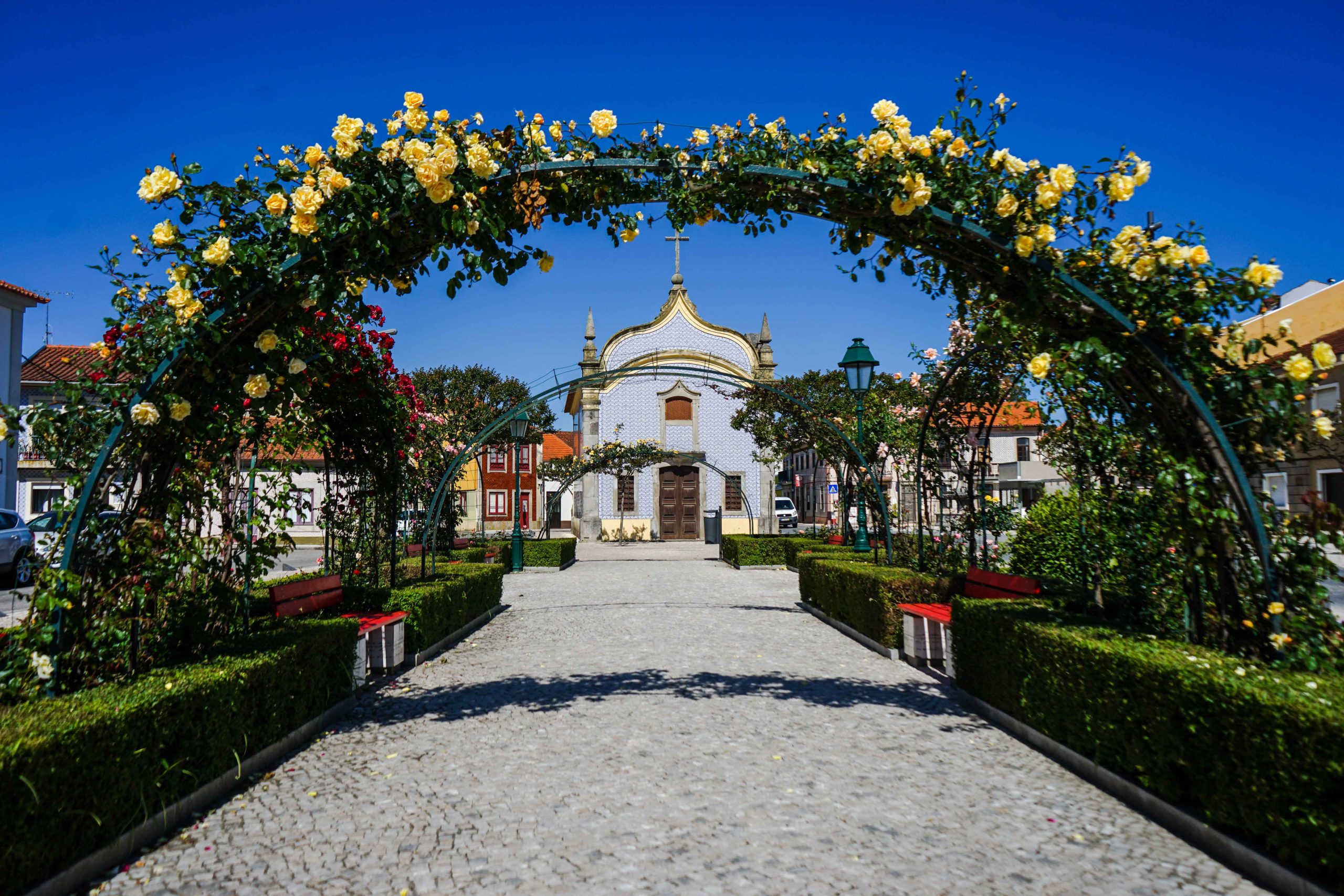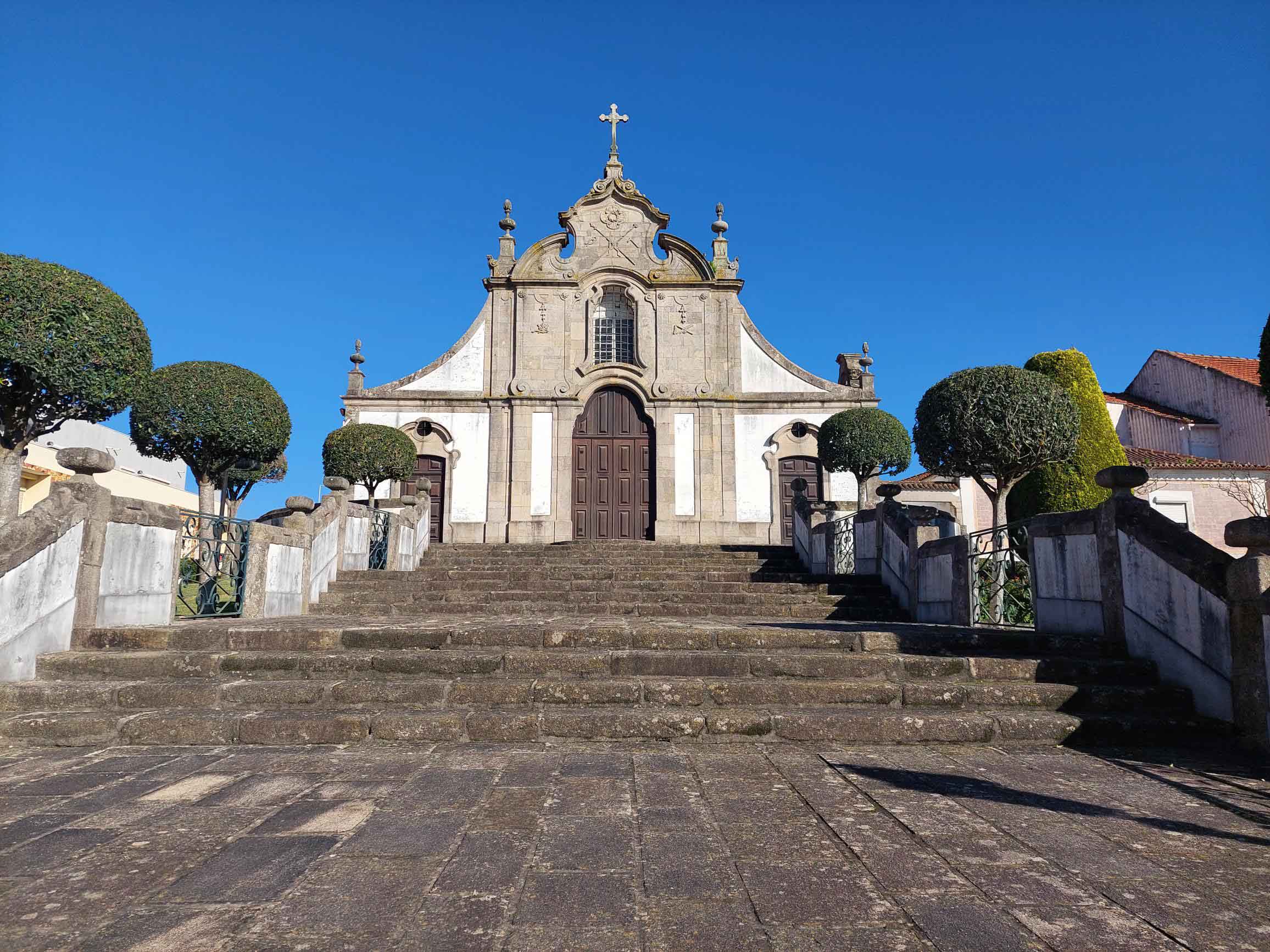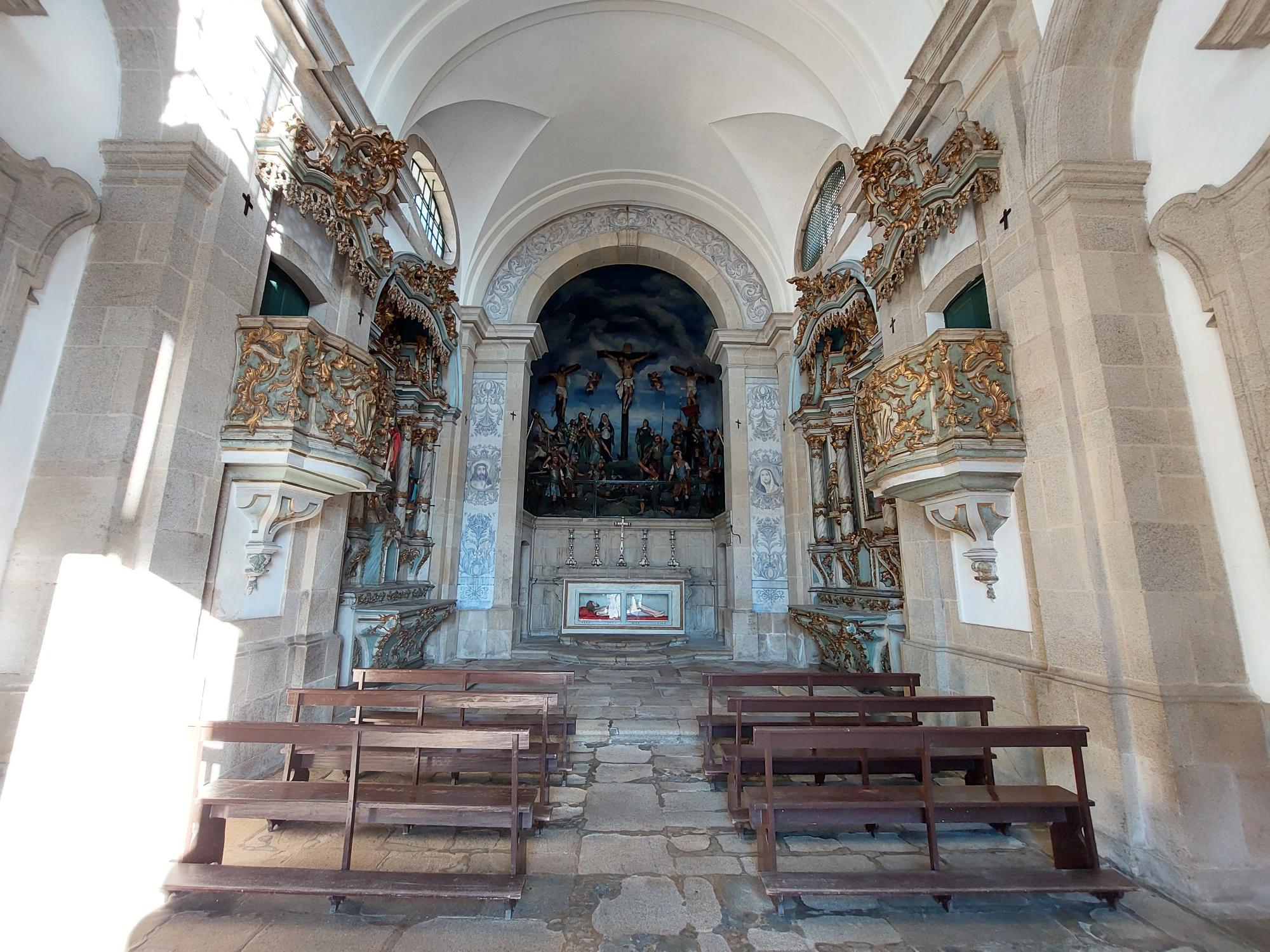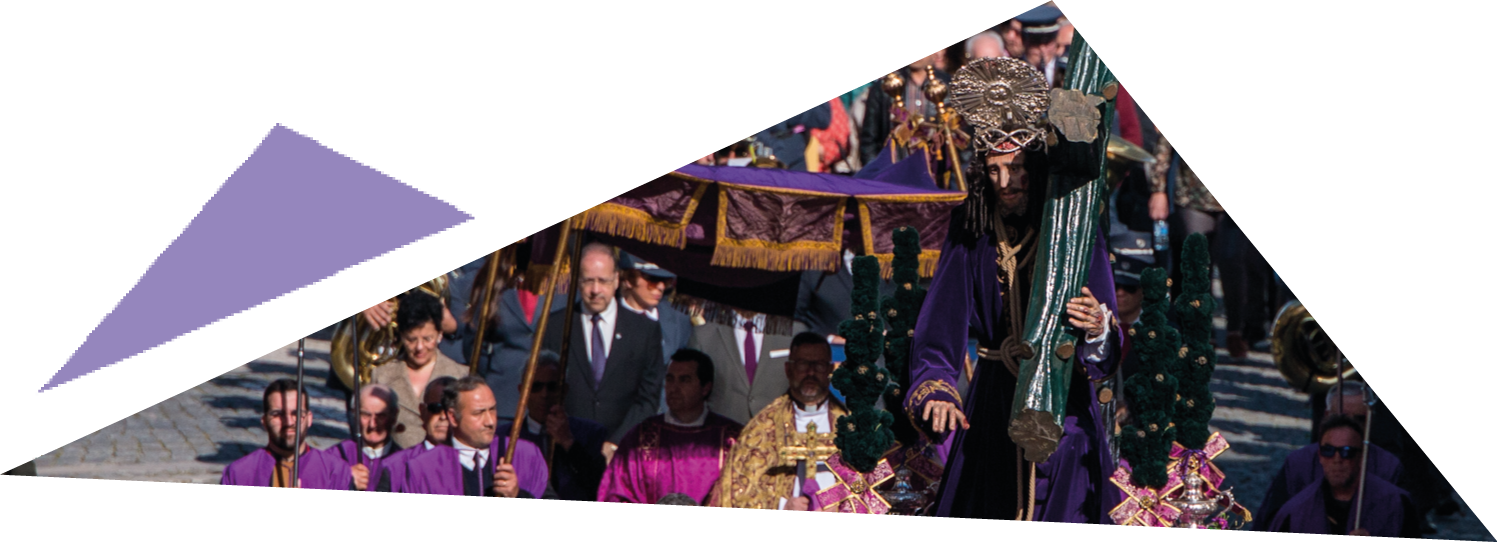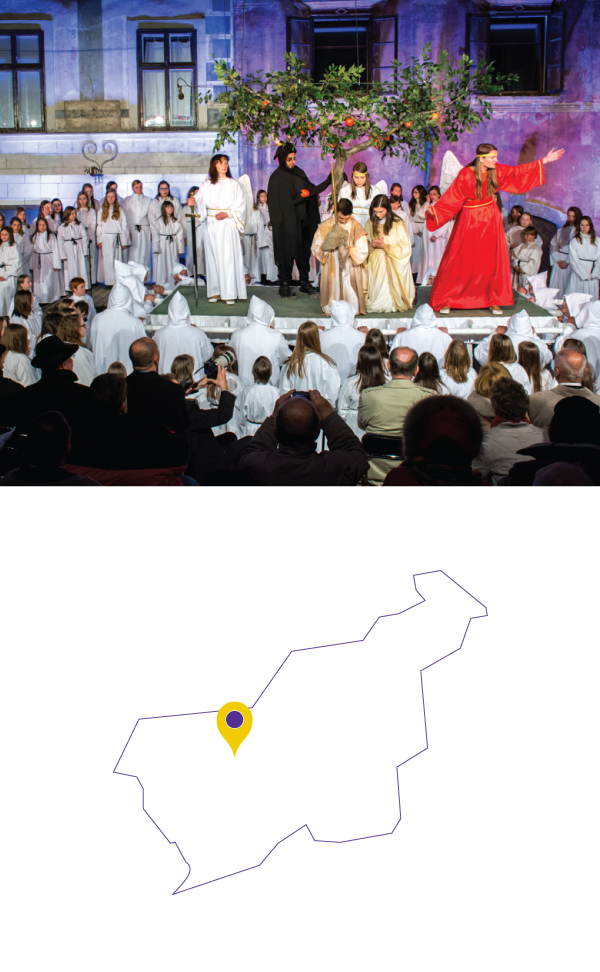It is believed that Ovar has been inhabited since prehistoric times, since it presented favorable conditions for the settlement of communities due to its coastline and the two lagoons, a terrain that was perfect for hunting and fishing and was formed by light soils that were easy to farm.
However, historical evidence only exists from the 11th century, when Ovar was established from the union of several nearby villages, including Ovar itself and Cabanões.
Ovar, land of farmers, fishermen, salt merchants and artisans, grew and gained importance, receiving a regional right granted by Manuel I of Portugal on February 10th, 1514. The great impetus for growth in the area came in the 18th century, due to the introduction of new fishing and fish preservation techniques (Arte Xávega).








